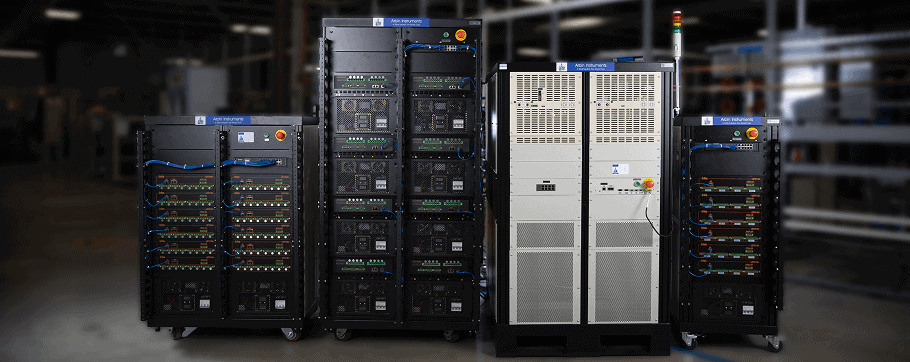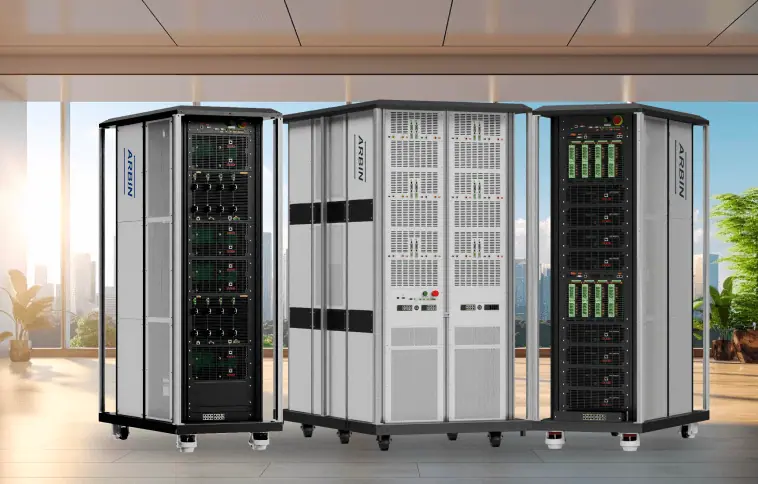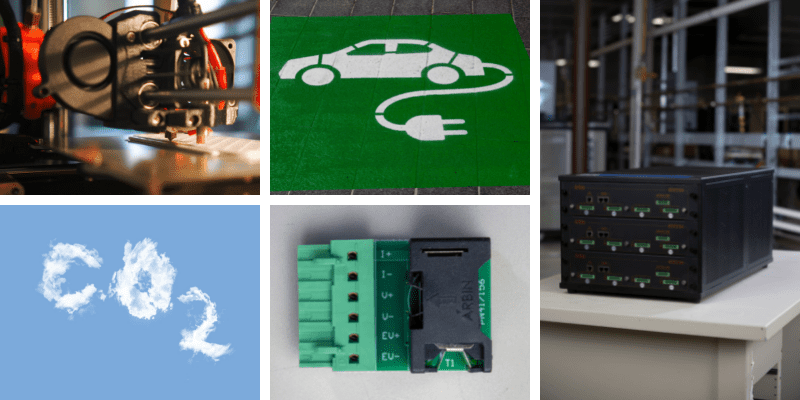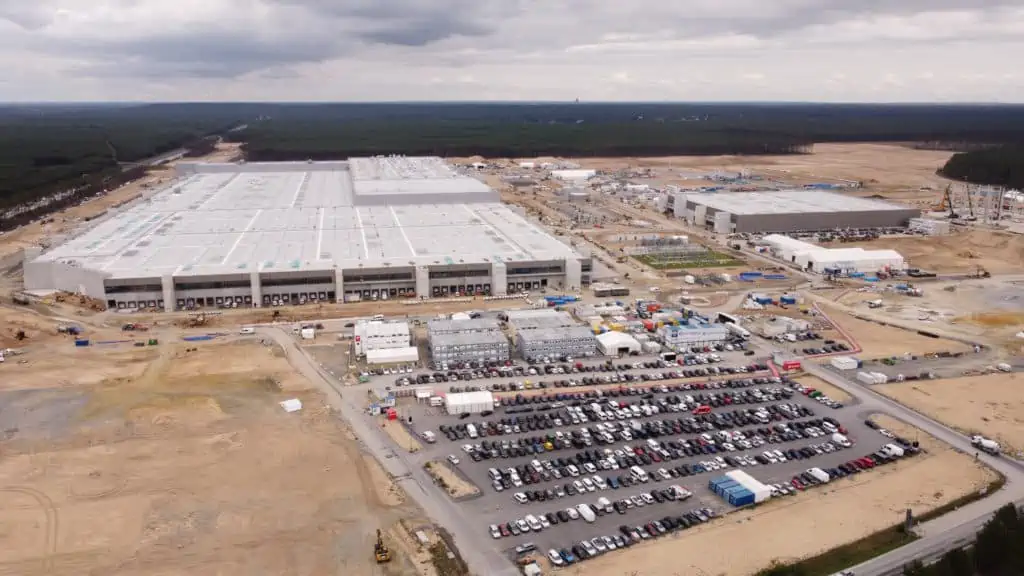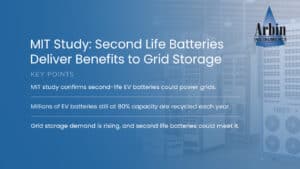
There’s big news in the battery world. A new 麻省理工学院(MIT)的建模研究 报道说,来自电动汽车行业的第二代电池可以在太阳能操作中重复用于电网存储。
随着电动汽车(EV)应用的增长,以及像美国这样的国家对电动汽车的需求在不断增加。 加利福尼亚州逐步淘汰汽油驱动的车辆越来越多的废旧电池将很快出现在人们面前。麻省理工学院的研究为这些电池提供了可能的第二次生命。
关于该研究
麻省理工学院的研究人员在2020年7月发表了这项研究。他们研究了加州假设的电网规模的太阳能农场的几种建设方案:单独的2.5兆瓦的太阳能农场和变化。其中一个包括一个锂离子电池存储系统。另一个包括一个由重新利用的电动车电池组成的电池阵列,其初始容量降至80%。
在实验中,该团队使用电池退化的半经验模型来预测容量。他们还发现,电池不必在最大容量下运行,在最大65%和最小15%的电池下也能正常工作。
大多数送去回收的电池的容量为80%
能源部储能研究主任Imre Gyuk博士就这个问题提出了见解。他说,每年送去回收的数以百万计的可用锂离子电池仍有高达80%的容量。随着电动车成为常态而不是例外,这些数字肯定会上升。
与其只是回收这些电池,第二次生命将对行业、消费者和环境更有利。然而,这的可扩展性存在挑战。
扩大第二人生电池的规模有多容易?
已经有小规模的第二次生命电动车电池模型的实施。然而,扩大其规模将更具挑战性。研究人员提出了一些问题,例如。
- 一旦电池从汽车上拆下来,会有什么筛选过程?
- How would solar power operators pack these different batteries into a way they’ll work together?
- 较差的电池性能是否会影响整体?
Further, there are economic impact concerns, as well. There will be costs associated with battery removal, collection, checking and repackaging. They concluded that a new battery installation wouldn’t be a reasonable net return, but the option with EV batteries would be, as long as those batteries had a value of 60% of their original price. Their value supports the costs.
第二人生的电池能持续多久?
So, what’s the probability of longevity for these batteries? The study makes a very conservative hypothesis that the batteries could work until they decline to 70% of their rated capacity. That’s just an assumption at this point. The batteries could last much longer, even down to 60%, though long-term pilot programs would be necessary to determine the feasibility of this. Some EV manufacturers are already performing such studies.
可再生能源的后备存储需求旺盛
根据一项 麦肯锡的报告, 到2030年,可再生能源项目对后备存储的需求将激增。第二生命电池可能是这方面的一个来源。电动车公司也是有前瞻性的。由麻省理工学院校友创立的Rivian公司,目前正在设计具有这种第二次生命再利用的电池组。
第二生命电池可能是电网存储的关键
This new study is promising. More research continues on the subject. Thus far, the future of a battery’s second life looks probable. If you have questions about this innovation or how Arbin supports the battery industry, 联系我们的专家.

